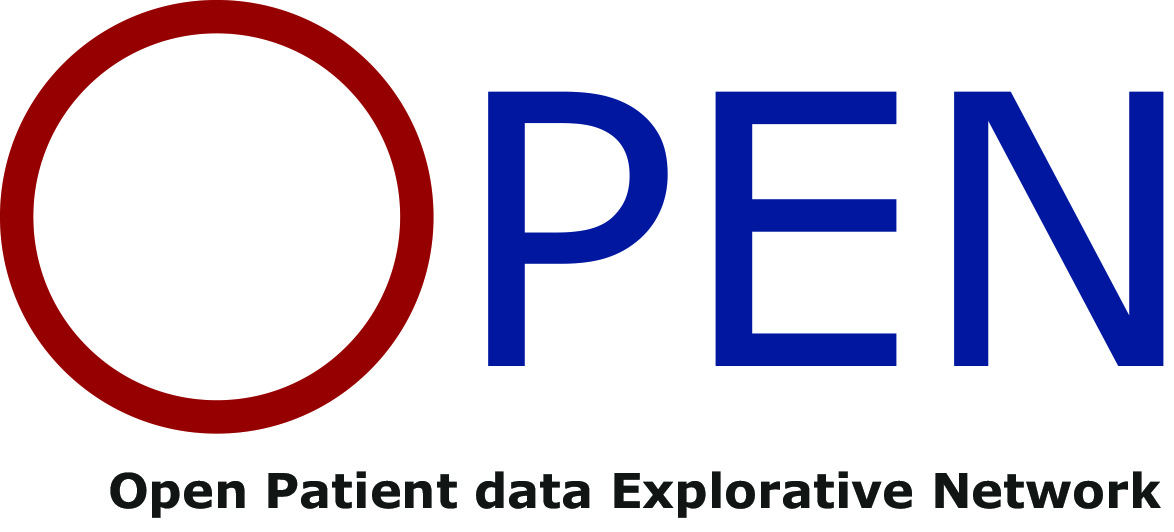
Undergraduate student, stud.cand.pharm.
Anna Elkjær Husted
Hospital Pharmacy Funen, Odense University Hospital
| Project management | ||
| Project status | Open | |
| Data collection dates | ||
| Start | 01.02.2025 | |
| End | 31.01.2026 | |
Antipsychotic Treatment in Transitions from Child and Adolescent Psychiatry to General Practice: Evaluation of Discharge Summaries
Short summary
Initiating antipsychotic treatment before age 18 has been associated with an elevated risk of cardiometabolic disease, making close monitoring essential. This project aims to evaluate discharge summaries from child and adolescent psychiatry to general practice, focusing on follow-up and discontinuation of antipsychotics, to assess the quality and consistency in transferring treatment responsibility.
Rationale
Children and adolescents who receive antipsychotic treatment constitute a clinically vulnerable population at increased risk of serious adverse drug reactions. Cardiometabolic abnormalities, such as obesity, hypertension, and insulin resistance, are among the most concerning adverse effects, especially in youths who initiate antipsychotic treatment before the age of 18. Most of the antipsychotic prescriptions in this age group are off-label, with limited evidence to support their safety and efficacy. Together, these factors highlight the importance of careful monitoring and timely reassessment of treatment. Discharge summaries play a critical role when ensuring safe and effective transitions of antipsychotic care from child and adolescent psychiatry to general practice. Discharge summaries should provide clear instructions to general practice regarding follow-up, monitoring, treatment duration, and discontinuation of antipsychotic treatment. Marked recommendation boxes in discharge summaries were mandated in Denmark in 2019 to improve communication between hospitals and primary care. The text box is placed at the beginning of the document and contains a clearly stated follow-up recommendation. It is highlighted in colour for visibility, aiming to direct general practitioners' attention to key clinical actions. Initial evaluations of this function have been positive. General practitioners reported that the marked recommendation box delivered concise and targeted information that supported clinical decision-making and enhanced patient safety. However, existing literature indicates that many young patients remain on psychotropic medications for prolonged periods. This is often due to insufficient reassessment of their treatment, even when they are clinically stable or lack a corresponding diagnosis. International studies show that hospital discharge summaries often lack important components such as clear follow-up plans, complete medication history, and further medication recommendations. These findings highlight the need to evaluate psychiatric discharge content related to antipsychotic treatment in Denmark. In this study, we aimed to map the content of Danish discharge summaries sent from child and adolescent psychiatry to general practice, including follow-up plans and recommendations regarding antipsychotic treatment. The purpose is to identify gaps and areas for improvement that may enhance safe transitions of antipsychotic treatment.
Description of the cohort
Patients are included in the study if they 1) were discharged from Child and Adolescent Psychiatry, Region of Southern Denmark, between January 1, 2020, and June 1, 2025, and 2) had an active prescription for an antipsychotic drug at the time of discharge.
Data and biological material
Discharge sumary data from Child and Adolescent Psychiatry include: Personal information (gender, age), and medical data (clinical diagnoses, prescribed medications, number of medications, recommended dosage adjustments and/or discontinuation). Information on recommendation for follow-up with the patient's general practitioner is recorded as well as the number of medical abbreviations and spelling errors in free-text.
Collaborating researchers and departments
Children and Adolescent Psychiatry, Region of Southern Denmark
- Rikke Wesselhöft
Hospital Pharmacy Funen, Odense University Hospital
- Carina Lundby
Hospital Pharmacy Funen, Odense University Hospital
- Anton Pottegård